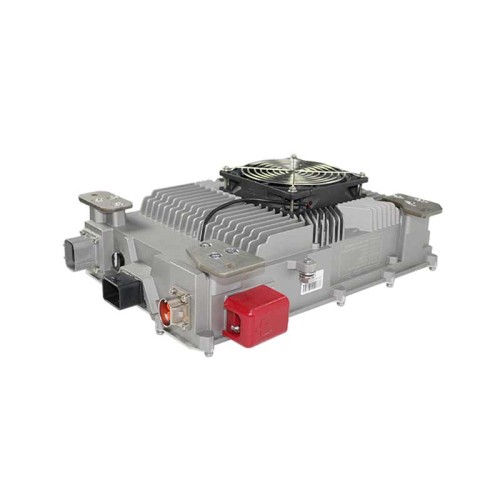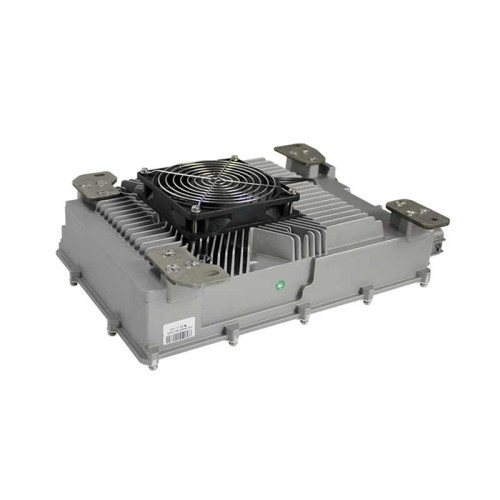
The race for fast EV chargers has pivoted from sheer power output to intelligent energy choreography. Modern units don’t just push electrons faster—they negotiate with your battery, grid, and climate to deliver speed without sacrifice. Here’s how next-gen technology balances velocity with vehicle vitality.

The New Speed Equation
- Pulse-Charging Algorithms: Leading fast EV chargers use millisecond current bursts to reduce lithium plating risk at 150kW+ rates.
- Weather-Adaptive Volts: Units now auto-adjust output based on battery temperature—critical for maintaining range in -20°C or 50°C extremes.
- Grid-Flux Compensation: Premium models stabilize voltage during neighborhood brownouts, protecting onboard electronics.
Hidden Infrastructure Synergy
Today’s fast EV chargers covertly upgrade local networks:
- Peak Shaving Modes: Draw excess renewable energy during midday solar surges to avoid transformer upgrades
- Dynamic Load Sharing: Split power between 4 vehicles without tripping breakers
- Fleet-First Prioritization: Commercial depots use AI schedulers to charge 50+ EVs overnight on existing circuits

Durability Redefined
True fast EV chargers survive punishing conditions:
- Oil-resistant cables (tested in mechanic shop immersion trials)
- Self-healing insulation that seals minor abrasions
- Condensation-proof connectors for coastal/mountain use
Future-Proof Purchase Criteria
Select fast EV chargers offering:
- ISO 15118-20 compliance for upcoming vehicle-to-home features
- Dual authentication (biometric + encrypted app control)
- 10-year corrosion warranties on charge pins
Fast EV chargers are evolving into energy diplomats—mediating between driver urgency, battery health, and grid limitations. As bidirectional charging becomes standard, these devices will transition from roadside appliances to household energy managers. The question isn’t how fast they charge but how intelligently they’ll integrate with tomorrow’s energy ecosystems. Ready to upgrade your electrons’ IQ



















Leave a comment